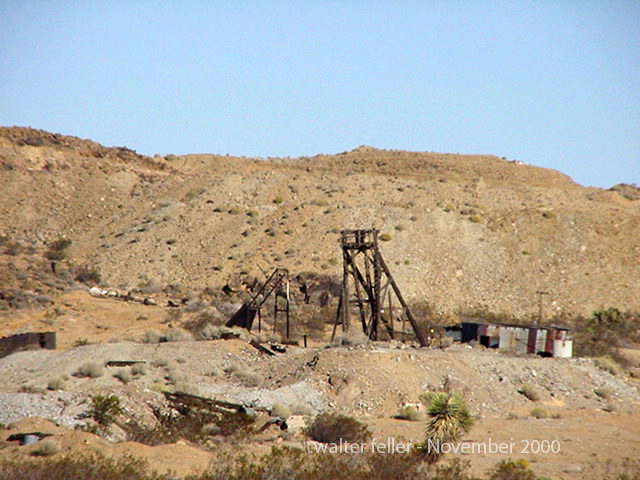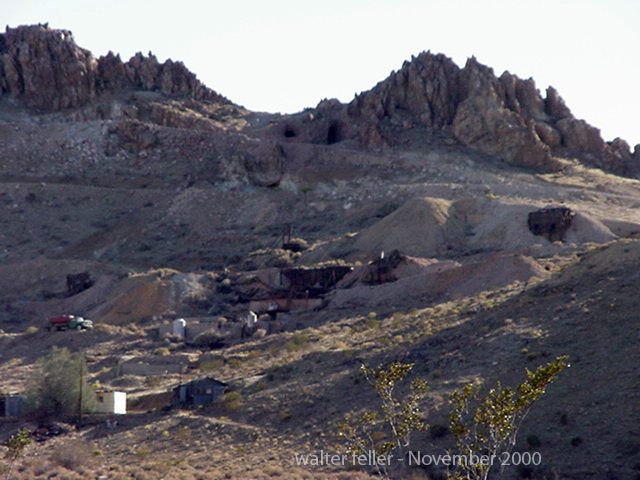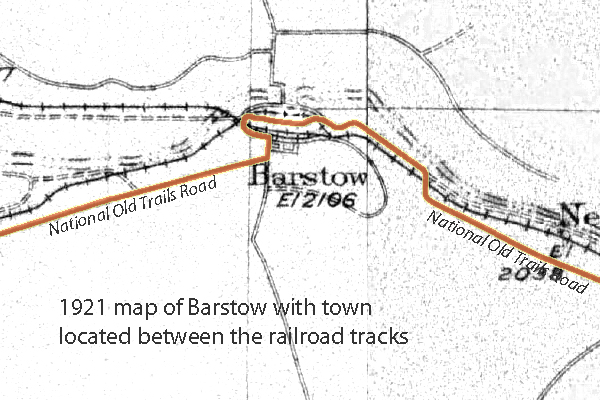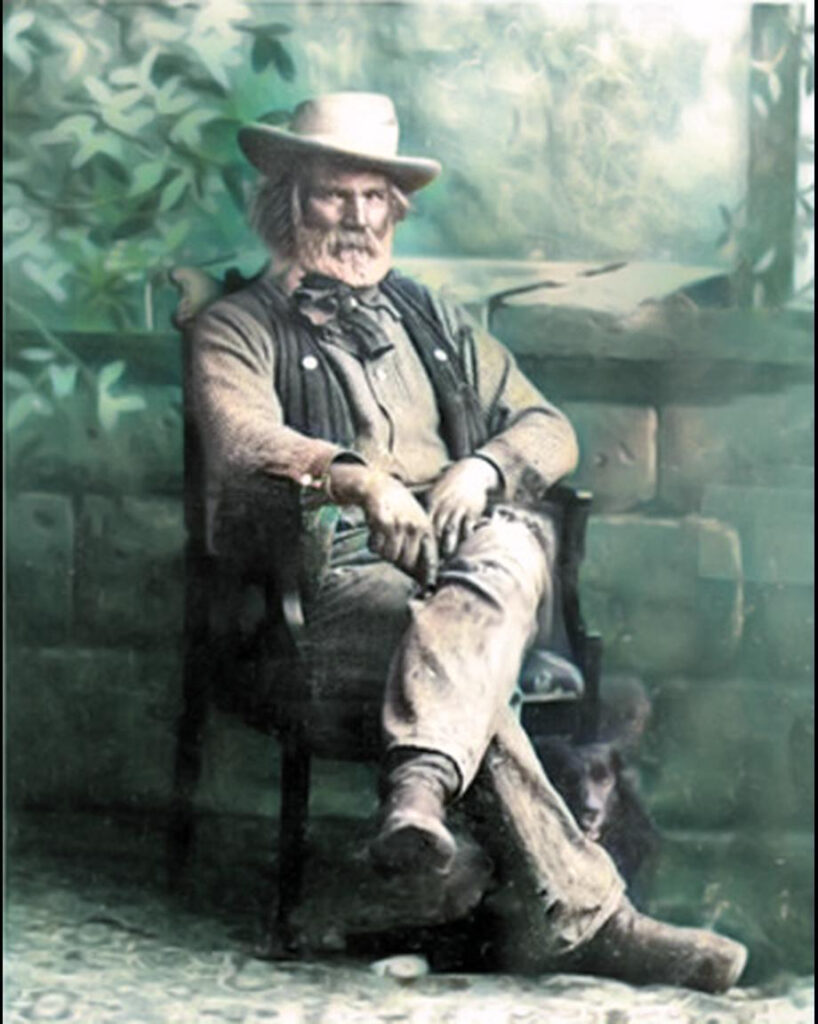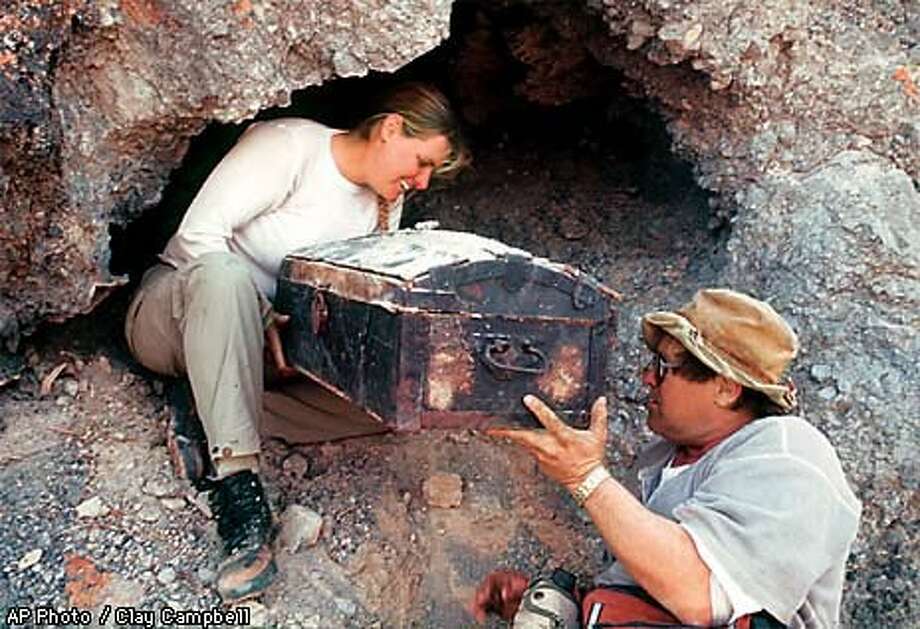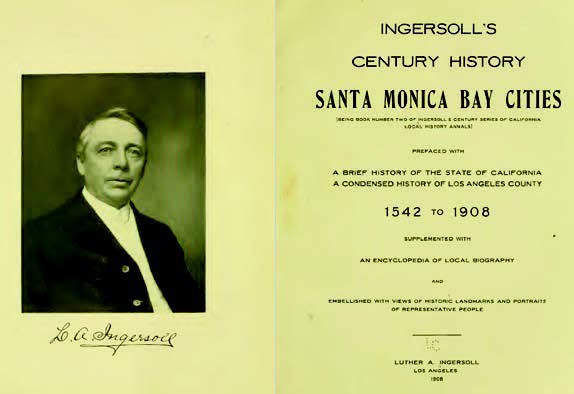A Detailed Historical Account
Origins and Early Life
Moe is a chimpanzee with an extraordinary life story that began in Africa and soon intertwined with a California family. In 1967, St. James Davis – then a merchant seaman – encountered an infant chimp in Tanzania whose mother had been killed by poachers. Davis rescued the baby chimp and brought him to the United States with the help of missionaries. He and his wife LaDonna, who were unable to have children of their own due to LaDonna’s health, decided to adopt the chimpanzee and name him Moe. The Davises raised Moe in their West Covina, California home just as one might raise a human child. He wore clothes, was toilet-trained, took showers, and even slept in a bed. Family life for Moe included simple pleasures like enjoying chocolate milk and watching television with his adoptive parents. From his infancy, Moe bonded strongly with the Davises, becoming the center of their family life for decades.
Relationship with His Owners
St. James and LaDonna Davis considered Moe their son in every sense. They referred to themselves as “Moe’s dad and mom,” and treated the chimpanzee as a pampered, if unconventional, member of the family. “That was the word they used to describe him, and that was how they treated him,” a story noted, portraying Moe as a “hairy, rambunctious child” in the Davis household. They taught Moe how to wear clothing, use utensils at the dinner table, and even communicate through simple sign language. In an oft-cited anecdote, Moe participated in the Davises’ wedding ceremony – LaDonna described him as a combination of flower girl and best man – emphasizing just how integrated he was in their personal lives. Over the years, countless family photos showed Moe snuggling with the couple or even lounging in bed with them. The deep emotional bond was mutual: the Davises doted on Moe, and he in turn was docile and affectionate with them, knowing them as his family. LaDonna once tearfully explained that Moe was “like the son she never had,” underscoring the profound connection between the chimp and his human caregivers.
Media Presence and Fame Prior to 2008
The City of West Covina awarded Moe an “Honorary Citizen” certificate in 1971, reflecting his local celebrity status. From the 1970s onward, Moe became something of a local celebrity in Southern California. In fact, a 1971 legal battle over Moe’s residency in West Covina turned into a public spectacle that Moe ultimately “won” – a judge ruled the city could not evict him, remarking in court that “he doesn’t have the traits of a wild animal, and is, in fact, somewhat better behaved than some people.” Following this victory, West Covina presented Moe with an official Honorary Citizen certificate, symbolically recognizing him as one of their own. Moe went on to make numerous public appearances that endeared him to the community. In the 1970s, he was often seen in parades and at civic events – at one point even ceremonially receiving the “keys to the city” of West Covina. Friends wrote a biographical book, Moe, documenting these years, including photographs of the chimpanzee engaging in human-like pastimes. Moe was pictured driving a speedboat and even sitting behind the wheel of a sports car, grinning as if he were out for a joyride. He reportedly “sold” Girl Scout cookies to help local troops and delighted crowds by performing ribbon-cuttings at events. Thanks to such exploits, Moe became a media darling. Local newspapers and TV stations featured stories on “Moe the chimp” over the years – sometimes portraying the charming, well-behaved ape as a model primate, and other times covering the more troublesome incidents that came later. By the early 2000s, Moe’s name was familiar to many in the Los Angeles area, as his saga of domestic life, celebrity cameos, and subsequent controversies played out in headlines.
Housing and Care Arrangements (Jungle Exotics in Devore)
Moe’s living arrangements changed several times over his life, especially after authorities determined he could no longer reside in a suburban home. In 1999, following two incidents in which Moe bit a police officer’s hand and later a visitor’s fingertip (after she reached into his enclosure with red-painted nails), West Covina authorities forcibly removed Moe from the Davis home for violating the city’s wild animal ordinance. This marked the end of Moe’s idyllic life in the house and the beginning of his life in sanctioned facilities. His first stop was the Wildlife WayStation, a noted animal sanctuary in the Angeles National Forest, where he stayed for a few years. In 2003, when that sanctuary ran into licensing problems, Moe was transferred to a nonprofit facility called Animal Haven Ranch near Bakersfield, California. It was at Animal Haven Ranch that a notorious incident occurred in 2005: as St. James and LaDonna visited Moe to celebrate his 39th birthday with a cake and treats, two other younger chimpanzees escaped their cage and brutally attacked the Davises. (Moe himself did not partake in the attack and remained in his enclosure, reportedly looking on in shock.) This horrific event left St. James gravely injured and LaDonna also hurt, and it underscored the potential dangers of captive primates. Animal Haven Ranch closed to the public after the attack, and Moe’s presence there became a legal liability. In the aftermath, Moe had to be moved yet again for his own safety and care. By 2007, Moe found a new home at Jungle Exotics, a private compound in Devore, California. Jungle Exotics is a licensed facility that provides animals – from tigers and lions to reptiles and dogs – for film and television productions. Unlike a sanctuary, it’s essentially a training and boarding compound for working animals. Moe was not used in any show business work; he was kept as a permanent boarder, and the owners built him a large, comfortable enclosure complete with toys, blankets, and even a “lookout tower” platform where he could watch trains go by in the distance. By all accounts, Moe adjusted well and was “a happy camper” at Jungle Exotics, enjoying the fresh air and roomy cage after years in smaller quarters. However, this arrangement would later prove controversial. The co-owner of Jungle Exotics, a trainer named Sid Yost (operating under the business name “Amazing Animal Productions”), had been sued in 2005 for animal cruelty amid accusations that he beat and abused chimpanzees used in Hollywood shows. Yost settled that lawsuit in 2006 by agreeing to send all his chimps to accredited sanctuaries and to bar himself from working with great apes ever again. Yet here was Moe – a chimpanzee – living on Yost’s property in 2007–2008. The Animal Legal Defense Fund later pointed out that Moe’s very presence at Jungle Exotics violated the 2006 legal settlement and raised alarms about the adequacy of Moe’s care. (In fact, ALDF representatives said they had no idea Moe was at Jungle Exotics until news broke of his escape.) Despite these red flags, for a time Moe appeared to thrive in the Devore facility under the day-to-day care of trainers there. Jungle Exotics was Moe’s fourth home since leaving West Covina, and tragically, it would also be the last place he was seen.
The 2008 Escape
Moe’s tranquil stay at Jungle Exotics came to an abrupt end in late June 2008. On Friday, June 27, 2008, the 42-year-old chimpanzee somehow escaped from his enclosure at the facility. The exact circumstances of Moe’s breakout remain a bit mysterious. The owners of Jungle Exotics were baffled as to how Moe managed to defeat his cage’s security – one co-owner noted that the steel enclosure “should have been able to hold a gorilla,” yet Moe had the strength or smarts to pry it open or break the welds. One theory was that Moe, who had always been clever with his hands, unlatched or bent a portion of the cage and simply walked out. Another suggestion was that a recent wildfire in the area might have agitated or frightened Moe, prompting him to make a bold escape into the unfamiliar wilderness. What is known is that on that Friday afternoon, after getting free, Moe wandered calmly from the Jungle Exotics compound onto a neighboring property. He ambled into a house that was undergoing remodeling, startling a group of construction workers inside. Reports indicate Moe may have approached the workers in a non-aggressive manner – one witness thought the chimp held out his hand as if expecting a treat or handshake, and there was even a rumor that a worker offered Moe a sandwich. Before anyone could contain him, however, Moe slipped away again. He hopped a fence and headed off into the vast brushy expanse of the San Bernardino National Forest, which borders the Devore area to the north. By the time animal caretakers arrived on scene, Moe had vanished into the wild. The initial escape occurred in a mountainous, heavily wooded zone, making it immediately difficult to track the chimp’s movements. Moe, who had lived his entire life in human care, was suddenly loose in an environment full of real dangers (rattlesnakes, mountain lions, and other wildlife) and devoid of the easy food sources he was used to. It was a race against time to find him.
Search Efforts After the Escape
The search for Moe in the summer of 2008 was intense and emotionally charged. As soon as his disappearance was discovered, the Davises and their friends mobilized a private search party to comb the foothills where Moe was last seen. St. James Davis, still partially recovering from the 2005 mauling, even ventured out (in a wheelchair) to direct search efforts, demonstrating the couple’s devotion to their chimp despite the physical hardship. They quickly hired a helicopter to fly low over the forest, hoping the noise of the chopper might flush Moe out of hiding or spur him to reveal himself. Searchers on foot used four-wheel-drive vehicles to navigate the rugged terrain and broadcasted recorded chimp calls through loudspeakers in an attempt to lure or communicate with Moe. They also brought in bloodhounds to sniff for any trace of the chimpanzee’s trail. The San Bernardino County Animal Control authorities were on standby with tranquilizer dart guns, but they treated Moe’s escape as a mostly private matter – since Moe was not deemed an immediate public threat, officials did not mount a massive manhunt, instead offering support and a hotline for sightings. Despite these efforts, finding a single chimp in 240 square miles of forest proved exceedingly difficult. No confirmed sightings of Moe came in the first days or even weeks after his escape. The Davises pleaded with the public to help if they spotted Moe – asking anyone who saw the chimp to call authorities but not to approach him, for fear that Moe could be frightened or harmed by strangers. Numerous tips did trickle in: search teams followed up on reports of “big, hairy” creatures in the woods, only to determine those tracks belonged to bears, stray dogs, or even a mule. In one bizarre incident, someone reported seeing “a man in a monkey suit” running in traffic near a mountain road, which sent deputies scrambling, but that too turned out to be a false alarm or prank. A few tantalizing clues suggested Moe might still be roaming nearby – locals noted a couple of outdoor water faucets mysteriously left turned on, and a few chickens went missing from a rural property, raising hopes that Moe was stealthily raiding yards for water and food. However, none of these clues could be definitively linked to the chimp. After several exhaustive weeks, the search gradually wound down with no sign of Moe. Sadly, as of 2008, Moe had not been found and remains missing to this day. His disappearance became an unsolved mystery, leaving the Davises heartbroken and the public wondering whether Moe could possibly survive long-term in the wild.
Public and Legal Responses and Controversies
Moe’s saga over the decades sparked significant public debate and several legal battles, highlighting controversies over exotic animal ownership. Early on, many in the community regarded Moe with affection – as evidenced by West Covina’s granting of honorary citizenship to the chimp – but city officials also grappled with the risks of keeping a chimpanzee in a residential neighborhood. In 1971, when West Covina first tried to enforce its ban on wild animals by removing Moe, the Davises fought back in court and won an unusual reprieve. The judge’s conclusion that Moe did not behave like a wild beast effectively gave the family legal cover to keep him at that time. This case, with Gloria Allred as the Davises’ attorney, received media attention and set a precedent (at least temporarily) that a well-behaved chimp could be treated akin to a household pet. However, as Moe grew older and larger, and after incidents in the late 1990s demonstrated the potential danger (two people were bitten, albeit in provoked situations), public sentiment shifted toward caution. In 1999 West Covina authorities invoked a zero-tolerance stance on the city’s wild animal ordinance, removing Moe for public safety reasons despite the Davises’ objections. The couple’s subsequent legal efforts – including a civil rights lawsuit – led to a 2002 settlement: West Covina agreed to pay them $100,000 and assist in purchasing a house in Baldwin Park (a neighboring city with looser animal regulations) so the family might reunite with Moe legally. In principle, this suggested a compromise to allow Moe back into a home setting outside West Covina. Yet bureaucratic delays and the aftermath of the 2005 mauling incident derailed that plan. By 2005, even some former supporters of Moe’s homecoming questioned the wisdom of keeping a strong adult chimp in a domestic environment, no matter how gentle he seemed. After the 2005 attack (in which Moe himself was blameless but humans were grievously hurt), the controversy over exotic pet primates intensified. The incident became a cautionary tale in news reports about the unpredictability of chimpanzees and the dangers they can pose as they reach maturity. St. James and LaDonna Davis, despite their trauma, remained steadfast in their love for Moe – in 2006 they even put up a sign on their lawn reading “Free Moe,” signaling their continued desire to bring him home. They pressed West Covina to honor the earlier agreement. A judge eventually ruled in 2007 that the city had breached its obligations and ordered West Covina to pay the Davises a further $32,000 and contribute $300 per month toward Moe’s care, since the promised Baldwin Park arrangement never materialized. This legal victory was bittersweet; by then Moe was living at Jungle Exotics under the Davises’ frequent supervision, and the couple’s priority was simply his well-being. Moe’s 2008 escape brought another wave of public response. There was both sympathy for the Davises – a sense of empathy for “parents” desperate to find their missing family member – and renewed criticism of the practice of keeping chimpanzees in captivity outside accredited zoos or sanctuaries. Animal welfare organizations seized on Moe’s disappearance as evidence that stricter oversight was needed. Notably, the Animal Legal Defense Fund called attention to the circumstances of Moe’s care at Jungle Exotics, arguing that Sid Yost should never have had a chimp in his custody at all due to his prior legal ban. ALDF suggested that Moe’s escape (and possible grim fate in the wild) was a tragic result of substandard caretaking and regulatory slip-ups. The case fueled discussion about tightening laws on exotic animal trainers and private ownership. Indeed, California law already prohibits keeping primates like chimpanzees without special permits, and Moe’s story became an example cited in support of these regulations. Ultimately, Moe the chimpanzee’s life reflects the complexities of human relationships with exotic animals. He was at once a beloved member of a human family and a wild creature subject to instincts and strength that humans sometimes underestimated. Public and legal responses to Moe’s situation evolved from indulgence and fascination in the early years to concern and strict oversight in later years. The controversies surrounding Moe – from city council meetings and courtroom showdowns to animal-rights investigations – have had a lasting impact. They have raised awareness about the responsibilities and risks of keeping great apes in captivity, and have prompted ongoing conversations about how we balance compassion for animals with public safety. Moe’s disappearance in 2008 left unanswered questions, but his legacy endures in the legal precedents and cautionary lessons that arose from his remarkable journey.
